Dental Implants in Mexico: Things I Wish I'd Known

Drawn by low prices, many people get dental implants in Mexico. But the journey is more than just saving money; it's a foreign medical experience with potential pitfalls. This guide shares crucial "I wish I knew" lessons from past patients—covering hidden costs, safety, and quality—to help you avoid common regrets.
This isn’t to say that getting dental work in Mexico is a bad idea. On the contrary, millions have had fantastic, life-changing experiences. The key is being thoroughly prepared. This article aims to arm you with that preparation, providing the insights and expert advice that will help you make informed choices every step of the way. Let's delve into what seasoned dental tourists wish they knew before embarking on their journey for a new smile.
Will I Really Save 70% on Dental Implants?
Here's the reality of dental pricing in Mexico:
-
It's Cheaper for Good Reasons: Lower business costs for dentists allow for lower prices without sacrificing quality.
-
Initial Quotes Can Be Incomplete: The price you first see often excludes necessary add-ons.
-
Get an Itemized Quote: To understand the true final cost, make sure your price quote details every step, including scans, the implant, and the final crown.
What are the Potential Hidden Costs?
A common surprise cost is the need for a bone graft or sinus lift. Many patients discover during their in-person consultation that their jawbone isn't strong enough for an implant, requiring these additional procedures at an extra charge.
Here’s a table of potential extra costs to be aware of:
| Additional Procedure | Estimated Cost in Mexico (USD) | Reason for Procedure |
|---|---|---|
| Bone Graft | $250 - $800 | Insufficient jawbone density to secure the implant. |
| Sinus Lift | $600 - $1,500 | Needed for upper jaw implants when the sinus cavity is too close to the jaw. |
| 3D Cone Beam CT Scan | $150 - $350 | Essential for precise implant planning; sometimes not included in the base price. |
| Tooth Extraction | $50 - $200 | Removing a failing tooth before implant placement. |
| Upgraded Crown Material | $100 - $300 | Choosing a Zirconia or high-quality E-Max crown over a standard PFM crown. |
Always ask your clinic for a "worst-case scenario" quote that includes these possibilities so you can budget accordingly.
How Do I Verify a Dentist's Qualifications?
This is perhaps the most critical piece of advice. A lower price should never mean a lower standard of care. Many dentists in Mexico are highly skilled, with training that is on par with, or even exceeds, that of their U.S. counterparts. The key is knowing how to find them. Don't be shy about asking for credentials. A reputable dentist will be proud to share their qualifications.
Things to look for:
- University Degree: Where did they attend dental school?
- Specialization: Have they completed a multi-year residency or postgraduate program in implant dentistry (implantology) or prosthodontics? A weekend course is not sufficient.
- Continuing Education: Do they attend international conferences and stay current with the latest techniques?
- Professional Memberships: Are they part of organizations like the ADA, the International Congress of Oral Implantologists (ICOI), or the Mexican Dental Association?
Many patients wish they had been more thorough in this area. It's easy to be swayed by a slick website and glowing testimonials, but a dentist's training and experience are what truly matter for the success of your surgery.
Are All Dental Implants the Same Quality?
Don't overlook the implant brand—it's a permanent medical device. Choosing a well-known brand means you're getting a product backed by decades of clinical research for proven safety and longevity, something cheaper alternatives can't always guarantee.
Why does the brand matter?
- Longevity and Success: Top brands have proven track records of long-term success, often with a 95% or higher success rate.
- Warranty: Major brands often come with a lifetime guarantee on the implant itself.
- Future Care: If you ever need a new crown or abutment years later, your home dentist will be able to easily identify and work with components from a major international brand. This can be nearly impossible with an obscure or generic implant.
Many patients wish they had insisted on knowing the brand and getting the warranty information in writing before the surgery.
How Long Does the Entire Process Really Take?
While "teeth in a day" sounds appealing, it's not the reality for most implants. A strong, lasting implant requires time for your jawbone to heal and bond with the titanium post. This natural fusion process is essential for durability and can't be skipped.
Here's a more realistic timeline:
- Trip 1 (Surgery): This trip usually lasts 3 to 7 days. It includes the initial consultation, CT scan, and the surgical placement of the implant post. You will leave with a temporary tooth or a healing cap.
- Healing Period: You will return home for 4 to 6 months to allow for osseointegration.
- Trip 2 (Restoration): This trip typically takes 5 to 10 days. The dentist will uncover the implant, place the abutment (the connector piece), and then take impressions for your final, permanent crown.
Patients who expected a single-trip solution often wish they had better understood this two-phase process to plan their time and travel budget more accurately.
What is Aftercare Like When I Get Home?
A common oversight is planning for aftercare. What happens if you have a minor problem once you're home? Since returning to Mexico is impractical, many patients wish they had found a local dentist willing to manage follow-up care before their trip.
Your plan for aftercare should include:
- Finding a local dentist: Be upfront with them about your plans. Ask if they would be willing to provide follow-up care, such as suture removal, check-ups, and the final torque of the crown.
- Getting your records: Make sure your Mexican clinic provides you with all your records, including the CT scan, X-rays, and details about your implant (brand, size, model).
- Understanding the warranty: Clarify the terms of the clinic's guarantee. What does it cover? Will you have to travel back to Mexico for the warranty to be valid?
Is a Consultation Over the Phone Enough?
While helpful, a free remote consultation has its limits. The 2D X-rays you send can't provide the full picture a surgeon needs. The "gold standard" for implant planning is a 3D CBCT scan, done in person. This scan allows for precise placement, ensuring safety and success. Remember that your initial plan is just an estimate until this crucial scan is completed at the clinic.
Ready to explore your options with trusted, pre-vetted dental clinics in Mexico? Let PlacidWay be your guide to a safe and affordable dental implant journey.


.png)


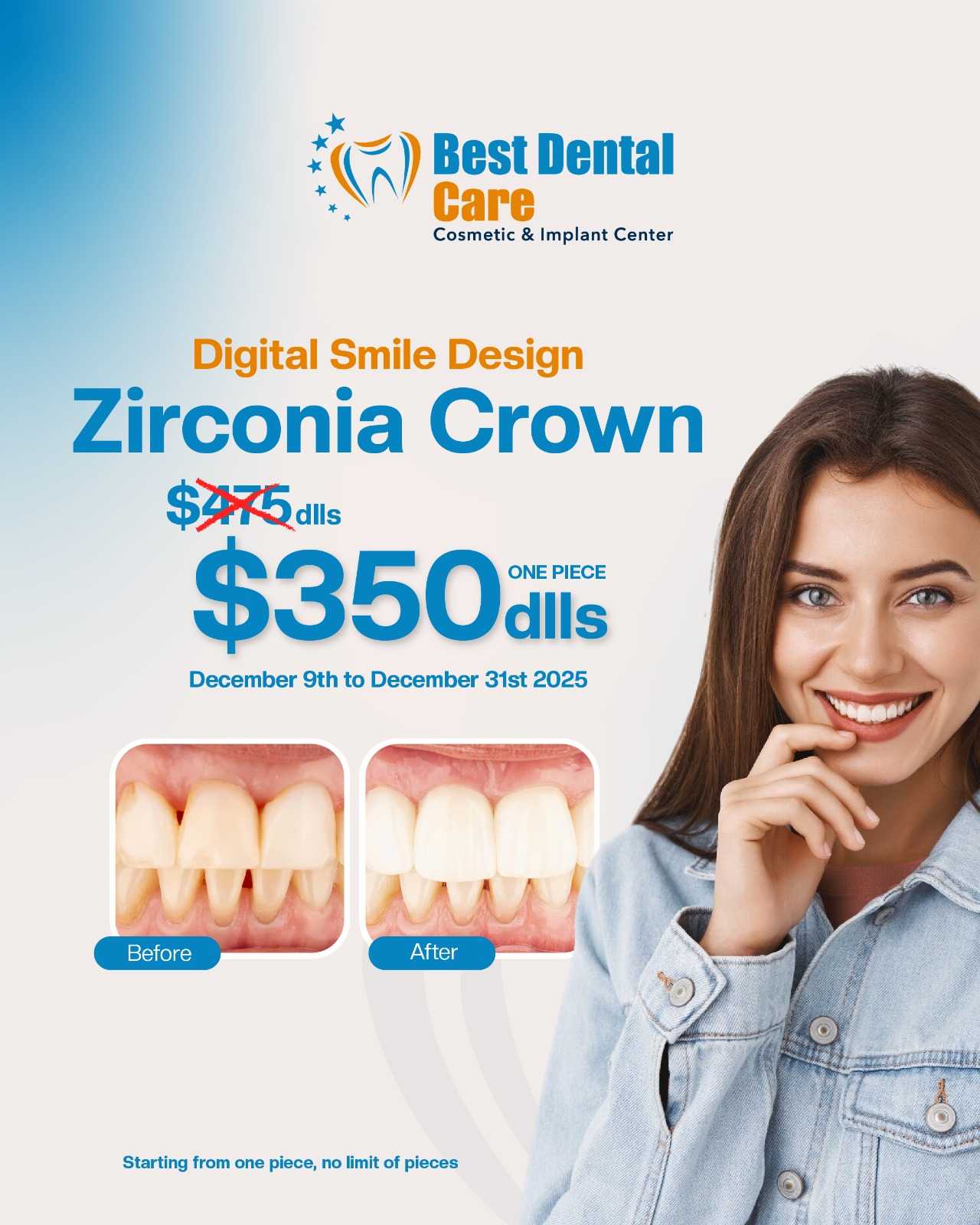





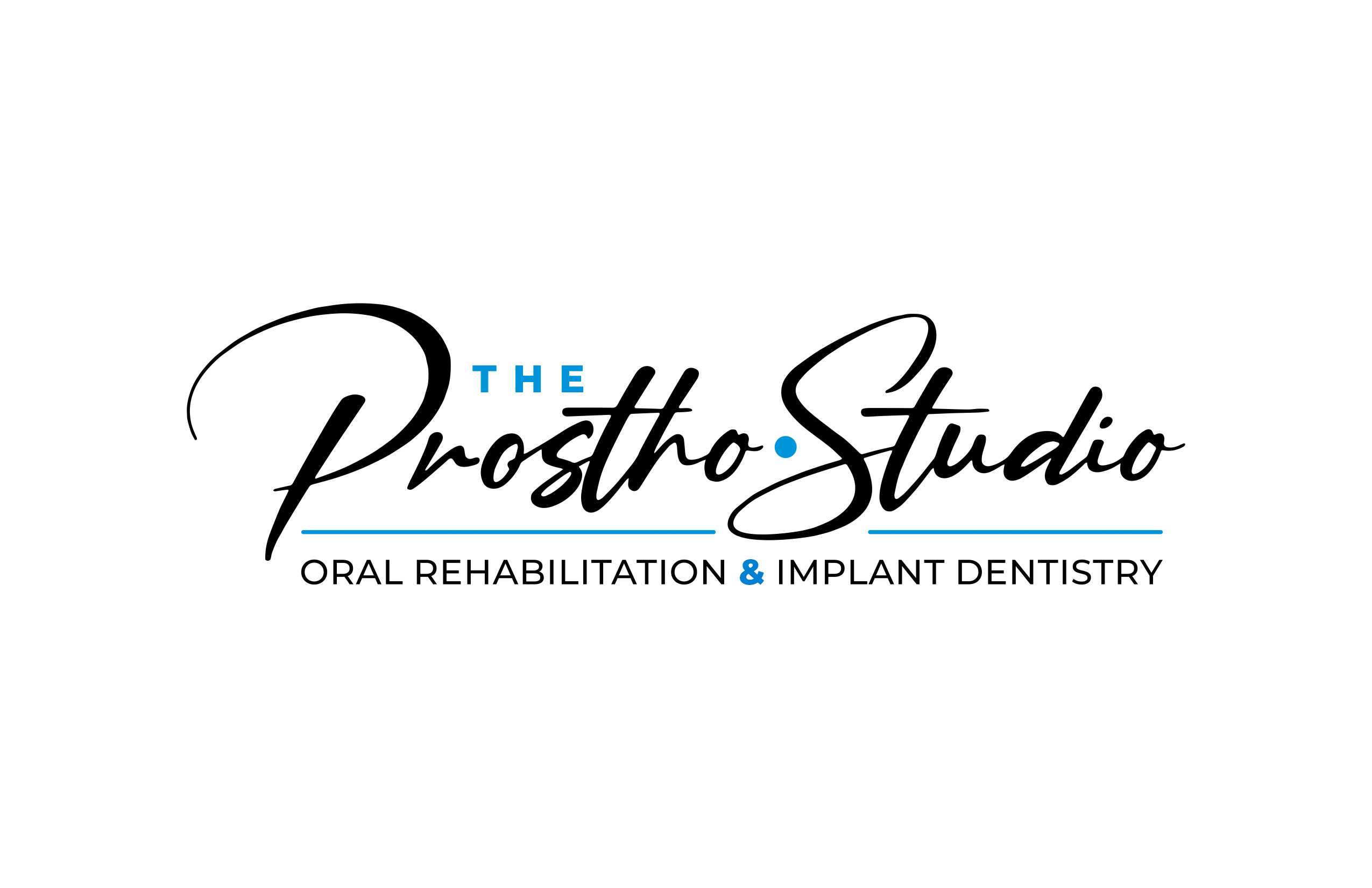
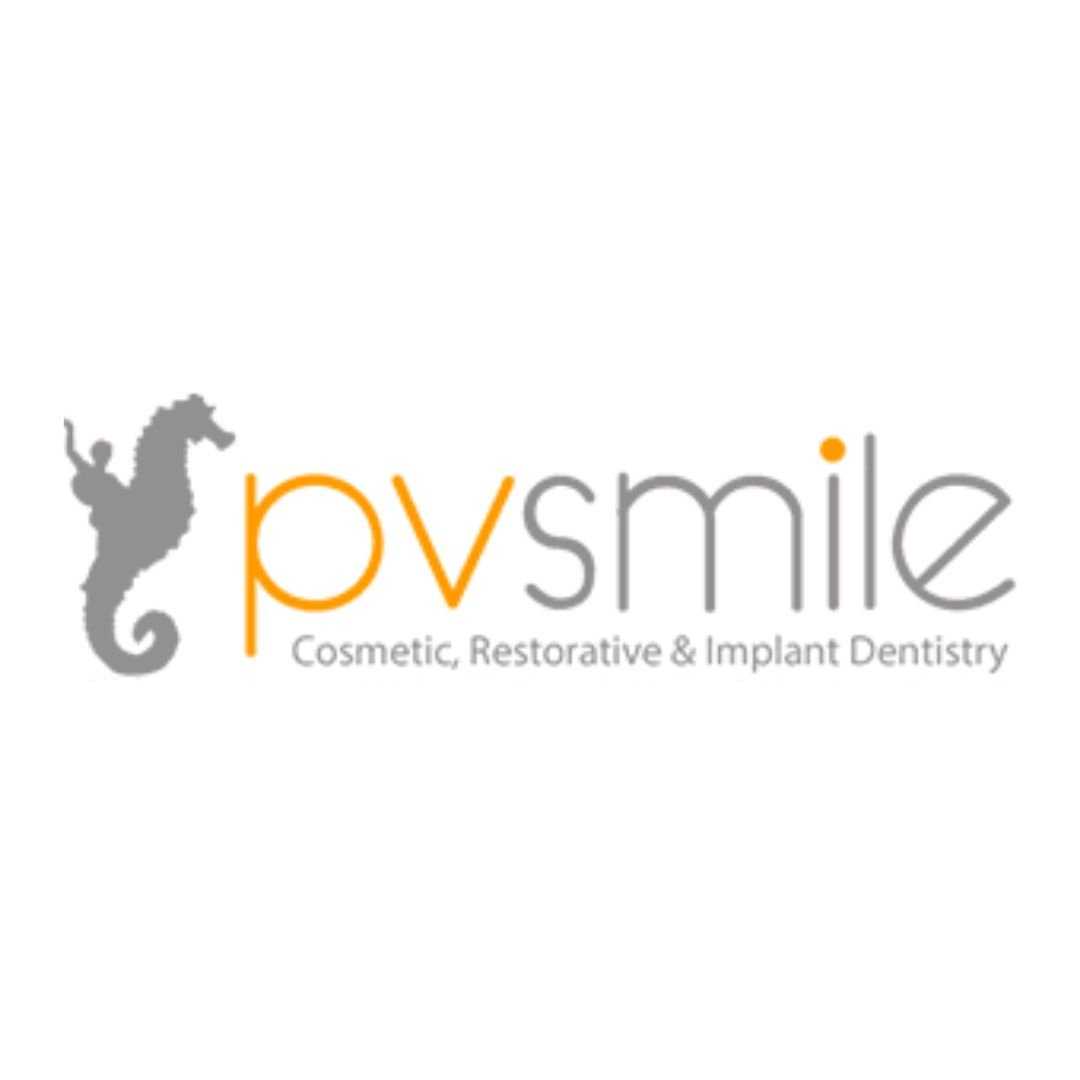
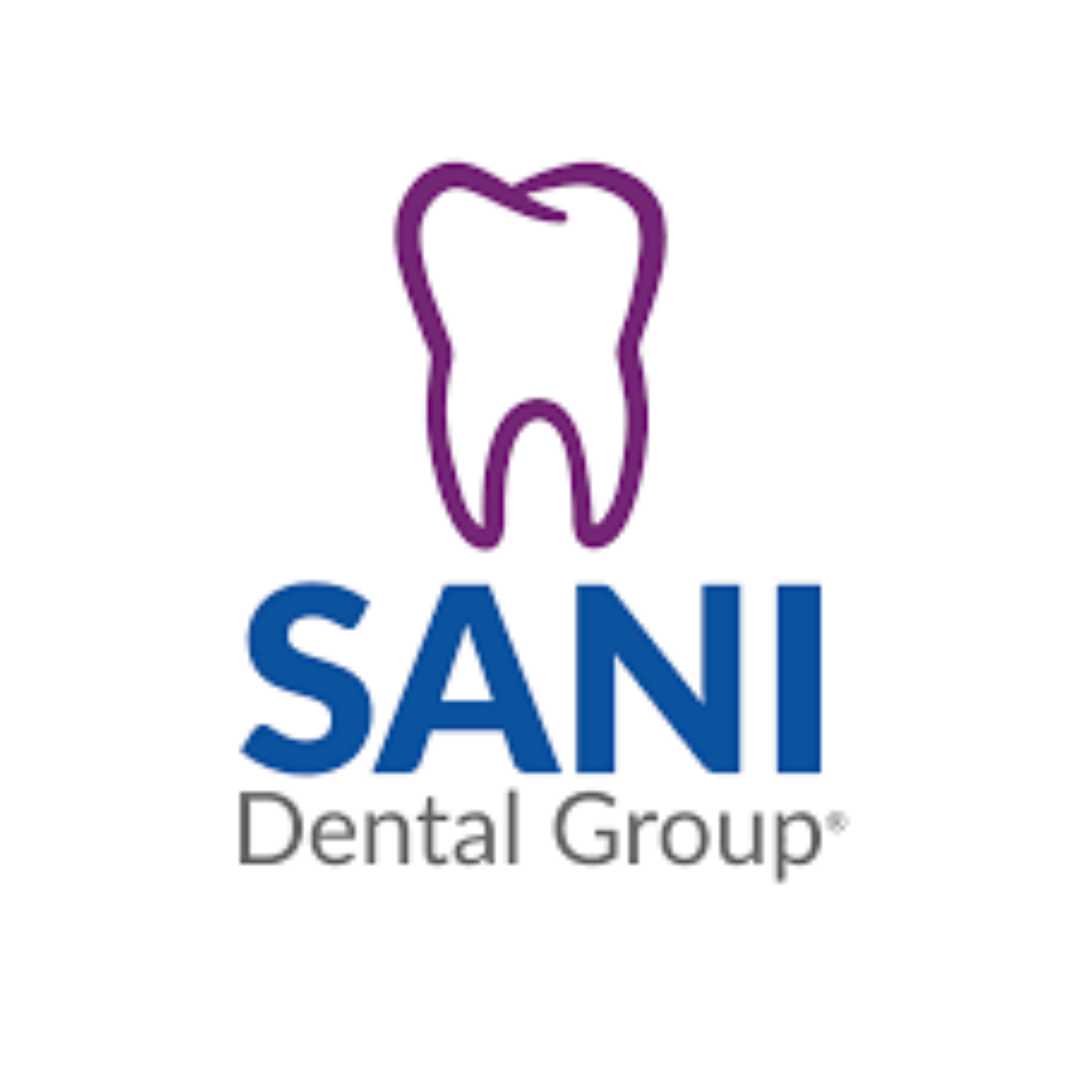
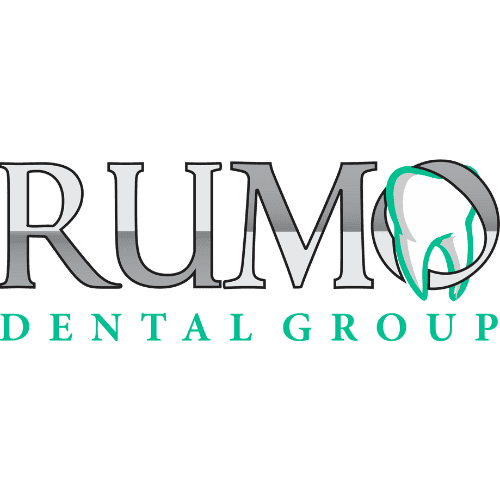


Share this listing